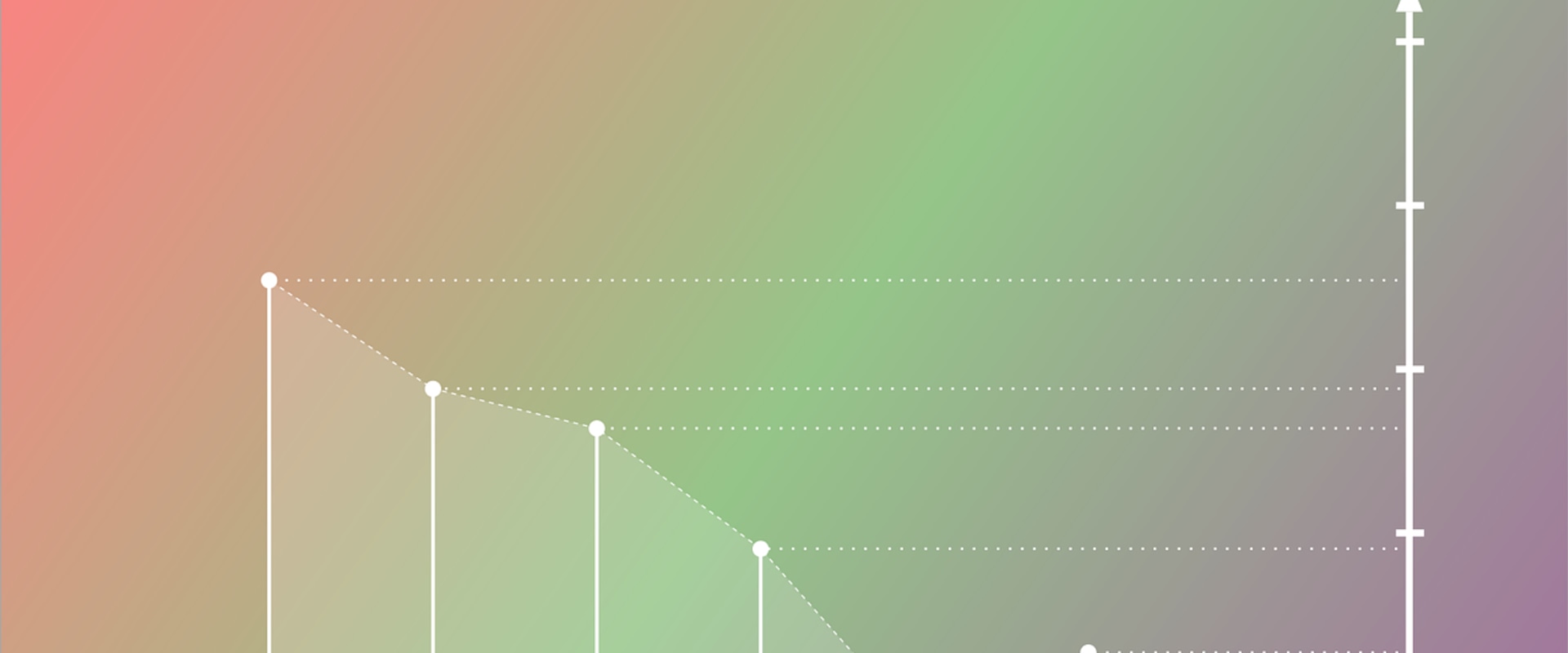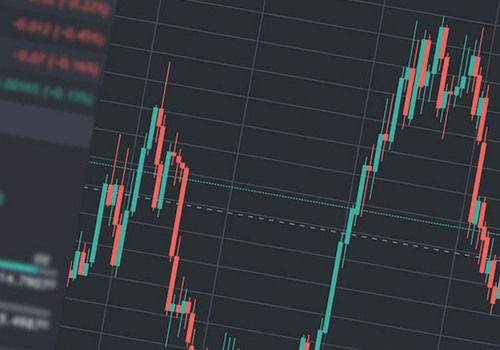Pivot Point Trading Strategy: A Powerful Tool in Forex Trading
1. Understanding Pivot Points
1.1 Definition of Pivot Points
1.2 Calculation of Pivot Points
2. Pivot Points as Support and Resistance Levels
2.1 Identifying Key Levels
2.2 Trading Opportunities
3. Pivot Points in Forex Trading
3.1 Entry and Exit Strategies
When using pivot points in forex trading, traders can employ different entry and exit strategies. One approach is to wait for a price breakout above or below a pivot point level before entering a trade. This breakout strategy aims to capture significant price movements that often occur when a pivot point is breached.
Another strategy involves using pivot points in conjunction with other technical indicators, such as moving averages or trend lines, to confirm trading signals and increase the probability of successful trades.
3.2 Stop Loss and Take Profit Levels
To manage risk effectively, traders should implement appropriate stop loss and take profit levels when using the pivot point trading strategy. Stop loss orders can be placed below support levels for long positions and above resistance levels for short positions. Take profit orders, on the other hand, can be set at the nearest support or resistance level.
4. Advantages and Limitations of Pivot Point Trading Strategy
4.1 Advantages
Pivot points provide clear levels of support and resistance, aiding traders in identifying potential turning points in the market.
The strategy is applicable to various timeframes, making it suitable for both short-term and long-term traders.
Pivot point trading strategy can be used in conjunction with other technical analysis tools to enhance trading decisions.
4.2 Limitations
Pivot points are based on historical price data, and therefore, they may not always accurately predict future market movements.
In highly volatile markets, pivot points may be less reliable as sudden price swings can invalidate support and resistance levels.
Traders need to exercise caution and consider other market factors when using the pivot point strategy as a standalone approach.
Pivot Point Trading Strategy is an effective way to trade the forex markets. It is a counter trend trading strategy that relies on the use of pivot points as key support and resistance levels. By using pivot points, traders can identify potential entry points, target prices, and stop-loss levels for their trades. This article will discuss the basics of pivot point trading strategy and provide tips on how to use it effectively in the forex markets.
With the right knowledge and discipline, traders can capitalize on these strategies to make consistent profits.
The pivot point trading strategy
is based on the idea that when price reaches a certain level, it will either reverse or continue in its current trend. By analyzing the previous day's price movements, traders can accurately predict the upcoming price action of a currency pair. The pivot point is calculated by taking the high, low, and closing prices of the previous day and then dividing them by three.This number is then used to calculate the support and resistance levels for the current day. Traders use pivot points to identify potential entry and exit points. If price reaches a support level, traders may enter into a long position, expecting the price to reverse higher. If price reaches a resistance level, traders may enter into a short position, expecting the price to reverse lower.
It's important to note that pivot points are not always accurate. Prices may break through support or resistance levels without reversing, so traders need to be aware of this possibility when trading with pivot points. It's also important to watch out for false breakouts, which occur when prices break through a support or resistance level but then quickly reverse back in the opposite direction. To increase the accuracy of your pivot point trades, you should also use other indicators such as moving averages, Fibonacci retracements, or Bollinger Bands.
By combining these different technical indicators, you can increase your chances of success when trading with pivot points. Moving averages can be used to determine when a reversal is likely to take place after prices have broken through a support or resistance level. Fibonacci retracements can also be used to identify potential reversal areas by looking for areas where the price has bounced off a Fibonacci retracement level. Finally, Bollinger Bands can help identify areas where the price may break out or reverse after reaching an overbought or oversold level.
When trading with pivot points, it's important to remember that they are not foolproof and that you should always use risk management techniques such as stop losses and take profits when entering and exiting trades. Additionally, it's important to use other indicators in combination with pivot points to get a better understanding of the market sentiment and improve your trading performance.
How to Use Pivot Points
Once you've calculated the pivot point for the current day, you can then use it to identify potential entry and exit points. If price is above the pivot point, then you should look for opportunities to go long. If price is below the pivot point, then you should look for opportunities to go short.Once in a trade, you can use the support and resistance levels as your stop loss and take profit levels. It's important to remember that these levels are not absolute; prices may break through them without reversing direction. Pivot point trading is an effective counter trend trading system that can be used by any trader looking to capitalize on short-term price movements in the Forex market.
By combining pivot points with other technical indicators such as moving averages or Bollinger Bands, you can increase your chances of success when trading with this system.
Pivot point trading can be a useful tool for traders of all levels. With the right knowledge and understanding of the market, traders can use pivot points to identify potential support and resistance levels, which can help them make informed decisions about their trades. While pivot point trading is not a guaranteed system, it can be a reliable way to maximize profits and minimize losses in the Forex market.
The pivot point trading strategy is a valuable tool for forex traders to identify potential market reversals and establish key levels of support and resistance. By understanding how to calculate and interpret pivot points, traders can make more informed trading decisions and improve their overall profitability.
Implementing the pivot point strategy requires practice and experience. It is crucial for traders to continuously analyze market conditions, adapt their strategies, and combine pivot points with other technical indicators for robust trading signals.
What is a pivot point in forex trading?
A pivot point in forex trading is a technical indicator used to determine potential levels of support and resistance based on the previous day's price action.
How are pivot points calculated?
Pivot points are calculated using the high, low, and closing prices of the previous trading day. The formula involves deriving the pivot point and additional support and resistance levels based on this calculation.
Can pivot points be used in conjunction with other technical indicators?
Yes, pivot points can be used in combination with other technical indicators, such as moving averages or trend lines, to confirm trading signals and increase the accuracy of trades.
Are pivot points suitable for all timeframes?
Yes, pivot points can be applied to different timeframes, making them suitable for both short-term and long-term traders.
Is the pivot point trading strategy foolproof?
While the pivot point trading strategy can be a powerful tool, it is important to consider other market factors and exercise caution. Pivot points should be used in conjunction with comprehensive market analysis for optimal results.
In conclusion, the pivot point trading strategy offers forex traders a structured approach to identify potential market reversals and establish key levels of support and resistance. By integrating pivot points into their trading strategy and combining them with other technical analysis tools, traders can enhance their decision-making process and increase their chances of success in the dynamic forex market.












Leave Reply